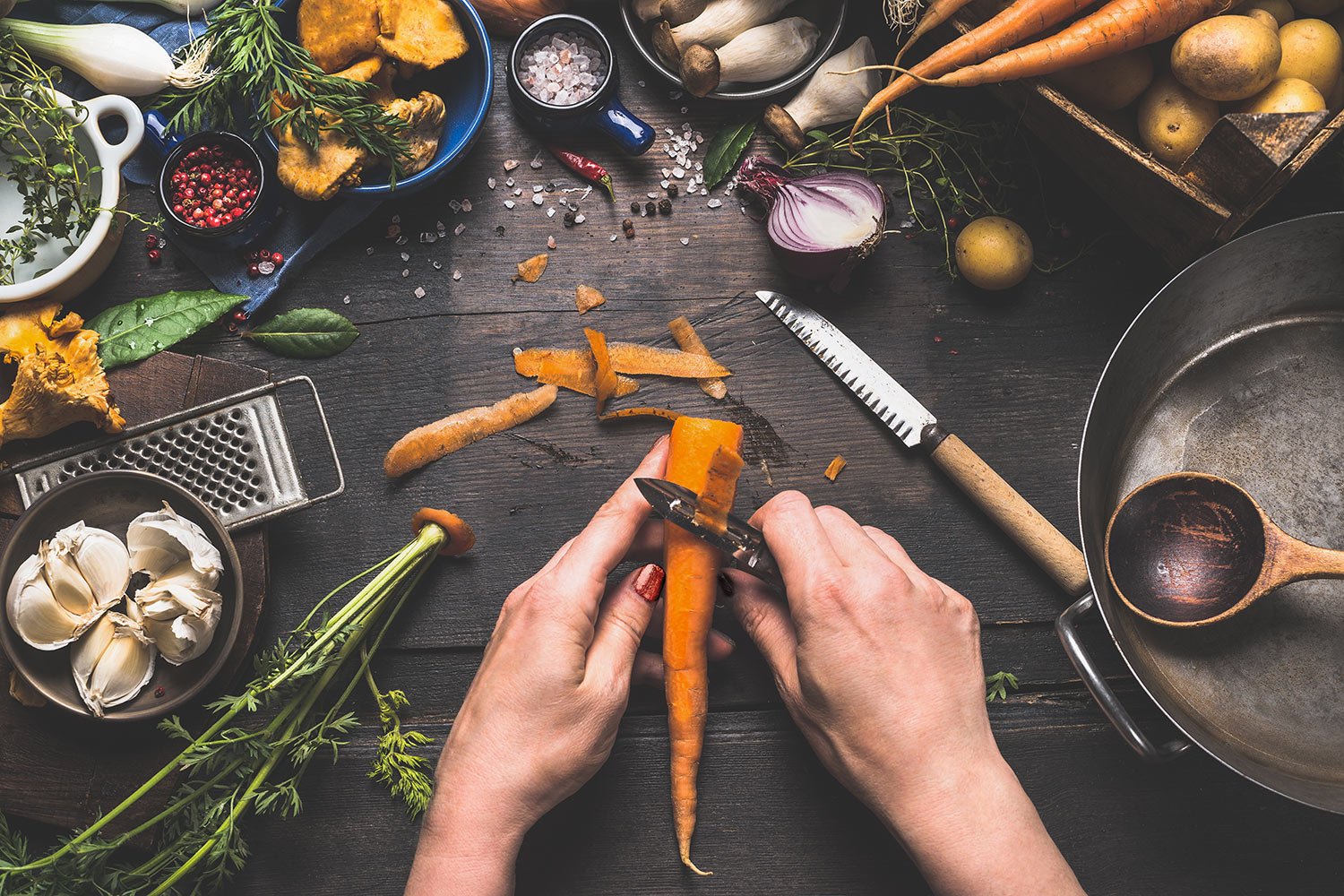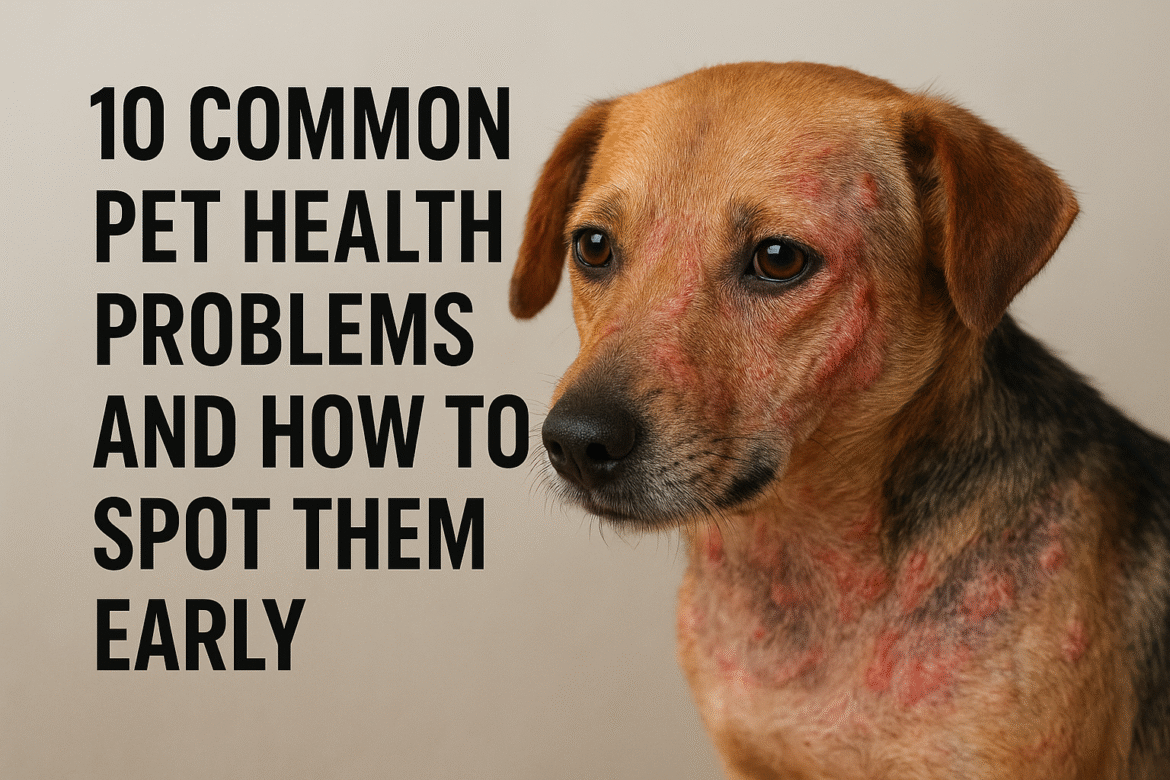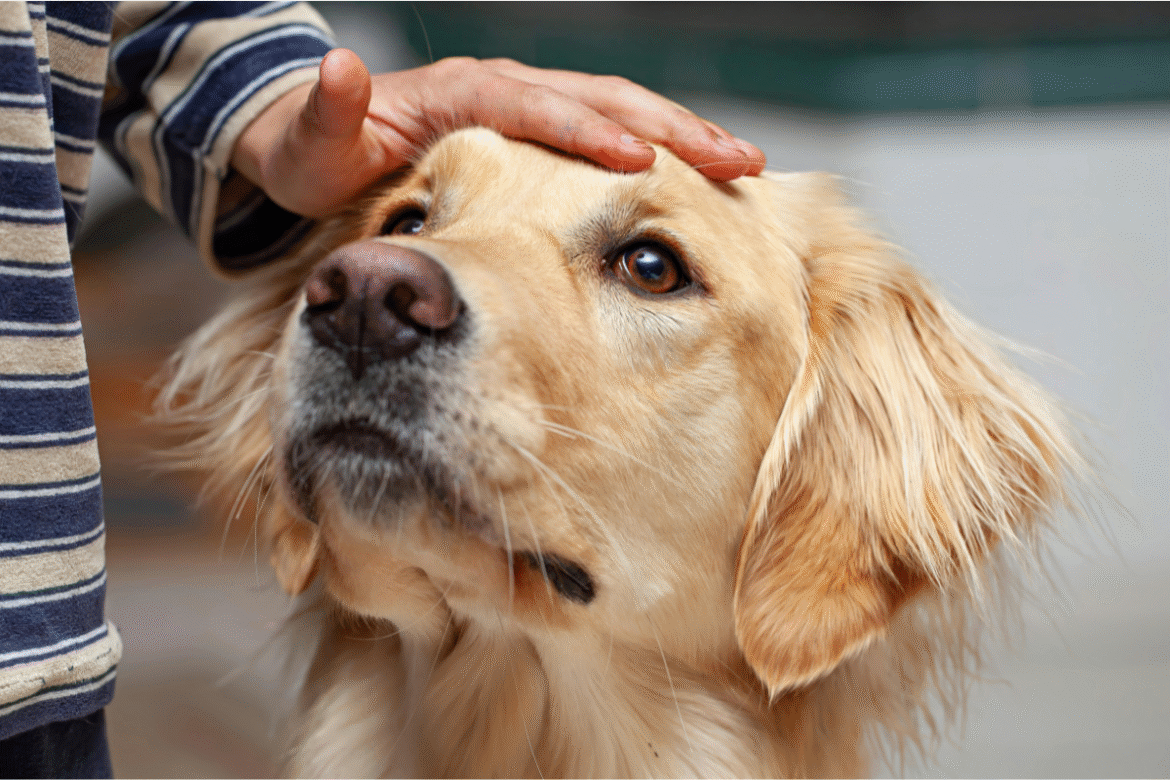When it comes to leftovers, one question seems to puzzle home cooks time and again: Can you safely refreeze food that has already thawed? It’s a topic that combines kitchen convenience, nutrition, and food safety science, and getting it wrong can lead to spoiled meals-or worse, foodborne illness.
In 2025, experts continue to emphasize the importance of handling leftovers carefully. Food safety specialists break down not only what is safe to refreeze but also the science behind why some foods are riskier than others. This article explores the dos and don’ts of refreezing, the biological reasoning behind it, and practical tips to keep your meals safe, tasty, and waste-free.
Understanding the Basics: Why Thawing Matters
Thawing is not simply a matter of convenience. When frozen food is thawed, it enters the temperature danger zone-between 40°F (4°C) and 140°F (60°C)-where bacteria can multiply rapidly.
Dr. Anita Sharma, a food safety specialist, explains:
“Once food has been thawed, bacteria that survived freezing can begin to grow if the food isn’t kept cold. Refreezing food without proper handling increases the risk of contamination.”
The key takeaway is that temperature control is critical. The longer a food stays in the danger zone, the greater the risk that harmful bacteria like Salmonella or Listeria will develop.
Foods That Are Generally Safe to Refreeze
Some foods are more forgiving than others. According to Dr. Sharma, these guidelines can help:
- Raw Meat and Poultry:
- If thawed in the refrigerator and never left at room temperature, these can be safely refrozen.
- Tip: Freeze in portions so you only defrost what you need next time.
- Learn more about safe meat handling on USDA Food Safety.
- Cooked Foods:
- Cooked leftovers like soups, stews, and casseroles can be refrozen if they were cooled quickly and stored in airtight containers.
- Make sure food is cooled to 40°F (4°C) or below within 2 hours before refreezing.
- Baked Goods:
- Bread, cakes, and pastries can generally be refrozen, though texture may change slightly.
- Fruits and Vegetables:
- Most fruits and veggies can be refrozen, especially if blanched or cooked beforehand. Raw vegetables may become mushy after refreezing.
Foods You Should Avoid Refreezing
Certain items are high-risk and shouldn’t be refrozen due to safety concerns or quality degradation:
- Seafood: Fish and shellfish deteriorate quickly, and refreezing can compromise taste and texture.
- Dairy Products: Milk, cream-based sauces, and soft cheeses can separate and spoil after refreezing.
- Egg-Based Dishes: Custards, quiches, and hollandaise sauces may become unsafe due to bacterial growth.
- Cooked Pasta and Rice: Can be refrozen if cooled immediately, but reheating multiple times increases risk.
Dr. Sharma emphasizes: “When in doubt, throw it out. Foodborne illness is far more dangerous than wasting a small portion of leftovers.”
The Science Behind Refreezing
Refreezing isn’t just a matter of safety; it also affects food quality. When water in the food freezes, it forms ice crystals that expand and can rupture cell walls. Upon thawing, this leads to changes in texture, flavor, and moisture content.
- Meats: Proteins can lose moisture, making meat tougher and drier.
- Vegetables: High-water vegetables like cucumbers or tomatoes may become mushy.
- Baked Goods: Pastries may lose flakiness, while cakes may dry out.
Despite these effects, careful handling can mitigate many issues. Freezing quickly, storing in airtight containers, and minimizing thaw-freeze cycles preserve both safety and quality.
How to Refreeze Safely
If you choose to refreeze leftovers, follow these doctor- and specialist-approved tips:
- Refrigerator Thawing is Key:
- Only refreeze food thawed in the refrigerator. Food thawed on the counter may have already entered the danger zone.
- Limit Refreeze Cycles:
- Each thaw-freeze cycle increases bacterial growth risk and affects texture. Experts recommend refreezing no more than once.
- Cool Before Freezing:
- Ensure cooked leftovers cool down to 40°F (4°C) before freezing. Use shallow containers to accelerate cooling.
- Use Airtight Containers or Freezer Bags:
- Proper sealing prevents freezer burn and contamination. Label containers with the date to track freshness.
- Reheat Thoroughly:
- When using refrozen leftovers, heat to 165°F (74°C) to kill bacteria that may have grown during thawing.
For more detailed guidelines, visit FDA Food Safety.
The Role of Freezer Temperature
A freezer set at 0°F (-18°C) or below slows bacterial growth but does not kill bacteria. Proper freezer maintenance ensures food stays safe for longer periods. Experts recommend:
- Checking freezer temperature regularly.
- Avoid overloading, which can block air circulation and reduce efficiency.
- Using a thermometer to verify temperatures for sensitive items like meat and seafood.
Common Myths About Refreezing
There are many misconceptions about thawed food:
- Myth: Refreezing kills bacteria.
Fact: Freezing only stops bacterial growth temporarily; it does not kill bacteria. - Myth: All leftovers can be refrozen safely.
Fact: Certain foods, like seafood and dairy, are risky due to rapid bacterial growth and texture changes. - Myth: Food refrozen once will always taste the same.
Fact: Ice crystals damage texture and moisture, altering flavor and mouthfeel, especially in high-water foods.
Practical Tips to Reduce Waste
Refreezing is often considered to minimize food waste. To maximize safety and quality:
- Plan Portions: Freeze in small, single-use portions to avoid repeated thawing.
- Label Everything: Include the date thawed and refrozen to track freshness.
- Cook Smart: If unsure, cook thawed raw food immediately rather than refreezing raw ingredients.
Apps like Too Good To Go or Olio can help manage leftover food and reduce household waste.
Summary of Expert Recommendations
Dr. Anita Sharma summarizes the golden rules for refreezing leftovers:
- Only refreeze if thawed in the refrigerator.
- Limit refreeze cycles to one.
- Cool cooked food properly before freezing.
- Use airtight containers to prevent contamination.
- Reheat thoroughly before consumption.
Following these guidelines balances food safety, quality, and waste reduction, keeping your kitchen efficient and safe.
Final Thoughts: Safety First, Convenience Second
While refreezing leftovers can be a convenient way to reduce waste and save money, safety should always come first. Understanding the science behind thawing, freezing, and bacterial growth helps prevent foodborne illness while keeping your meals fresh and enjoyable.
For those seeking further guidance, reliable resources include:
- USDA Food Safety – Complete guidelines on thawing, freezing, and safe food handling.
- FDA Food Safety – Expert tips for keeping your kitchen safe.
- Healthline – Practical advice for safe food storage and handling.
By following these expert-approved tips, you can confidently manage leftovers, minimize waste, and keep your family safe — making the most of your meals while maintaining peace of mind.







